Nena Barlow, owner of Barlow Adventures out of Sedona AZ and Moab UT, teaches a class on dune driving and navigation skills at the Imperial Sand Dunes Recreation Area in Glamis CA.
Check out this photo-journalistic account of the Dune Driving and Navigation Class.
These photos are meant to get you fired up to get out there and TAP into Adventure……..
This was not a beginners course. It was assumed that you had some previous experience dune driving and navigating with a map and compass. The idea for this course came out of the Rebelle Rally 2016 and the fact that driving and navigating through dunes is not only difficult, but can be very dangerous. This class was meant to hit on some safe dune driving specifics and hone in on how to navigate from one point to the next in this very challenging environment using only maps and compasses.
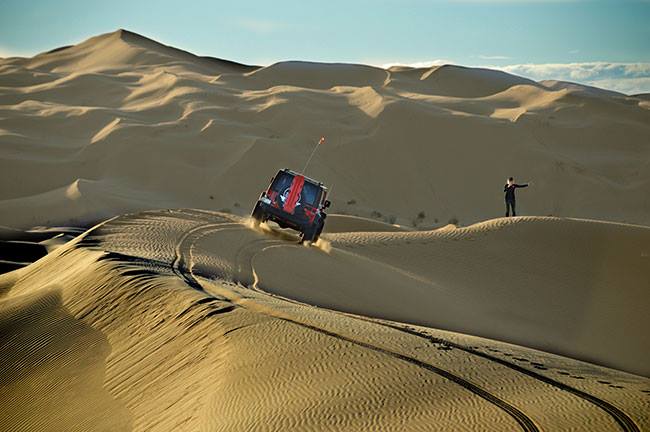
-The participants: This truly was not a course for beginners. There were former Rebelle Rally drivers getting ready for this year’s upcoming rally. We had former participants of the Rallye Aicha des Gazelles in Morocco. There was a professional photographer who wanted to sharpen his skills. Two Canadian race car drivers attended, one of whom is also a freelance journalist for racing magazines. A couple of friends came who had been going out on overlanding and off-roading adventures together for years and wanted to take their map and compass navigational skills to the next level. Another participant was a rally driver/ world traveling, photo-journalist.
We set up camp on Friday afternoon near wash 10, introduced ourselves and dove straight into day 1 curriculum. Safe dune driving techniques; getting ourselves from one point to the next by scouting both a safe line on the dunes and a safe route through them.
Driving:
-Air down: The more you air down, the bigger your “footprint”. Like with a snowshoe, the larger the footprint, the less likely you will be to sink in. But, you don’t want to air down too much or you might pop a bead. I usually run at 42 psi on my 35′ Falken Wildpeak MT’s and took it down to 15 psi. This level worked well.
-Weight: Check your weight distribution and spread it out.
-Recovery gear check: Think before you go out. What are you going to do if you find yourself in need of recovery? What sort of recovery gear do you have? (Two pairs of MaxTrax were used in a dune recovery later that day.)
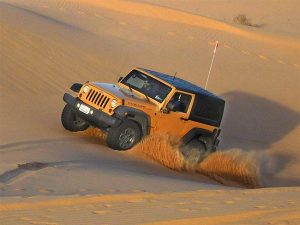

-Engine: While out, be sure to check to see that you are not overheating your engine.
-Driving settings and techniques: Employ a steady throttle in 4 low. (Use this for low horse powered vehicles, and low power threshold Wranglers. Use of 4 H is fine with more powerful engines). Employ subtle steering corrections, and light, steady, use of breaks when needed; but it’s preferable to “glide” to a stop. You can use your brakes to descend a dune, but just as your steering and throttle corrections should be subtle, applying brakes should be done VERY LIGHTLY and anticipate a little sliding if you do. Nena recommends the Hill Descent Control for those who have it, and engaging 2nd or even 3rd gear when using that feature.
-Turning: When turning, make your turn as wide as possible to reduce the chance of bogging. Your front wheels act like a rudder in sand and turning too sharply has a similar effect to applying the brakes (you chance building a mini wall of sand). If you become stuck, back out of it, trying to use the same tracks you came in on. Use gravity if you can. Do not increase throttle or you will dig yourself in. Do NOT turn around on a dune when you have lost momentum, this could result in you rolling your beloved vehicle. Simply back down.
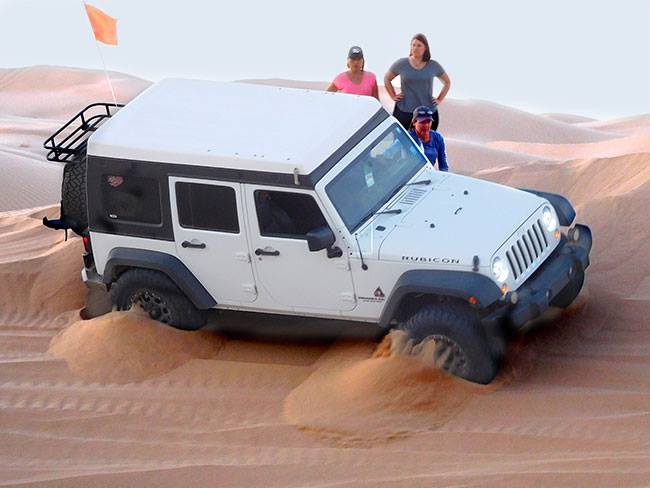
Dune Reading:
-Check wind direction: This affects dune shape. Know if the direction you are driving will have you driving up or down the slip face. The slip face is the side of the dune that is formed when the wind hits the windward slope, forcing sand to blow up the dune creating a ridge. Some of this sand blows over the ridge creating what is called the slip face of the dune. This area is mushy and can be deep. It’s important to know which side of the dunes you will be traversing or working your way around when driving point to point.
-Scout your line: One way of doing this is to drive up the face, turn parallel to the ridge, and read the terrain. (This is not as easy as it sounds and will be discussed later.) How steep is the descent? How does it transition to the ground? If you fail to do this, you could find yourself either high centered or airborn. One of the teams at the Rebelle did not scout over the ridge of a dune. They gathered momentum, rose to the top, caught air, came down on the nose of their TJ and broke it’s axle. Unfortunately, they learned the hard way how important it is to know what’s on the other side of a dune before attempting a descent.
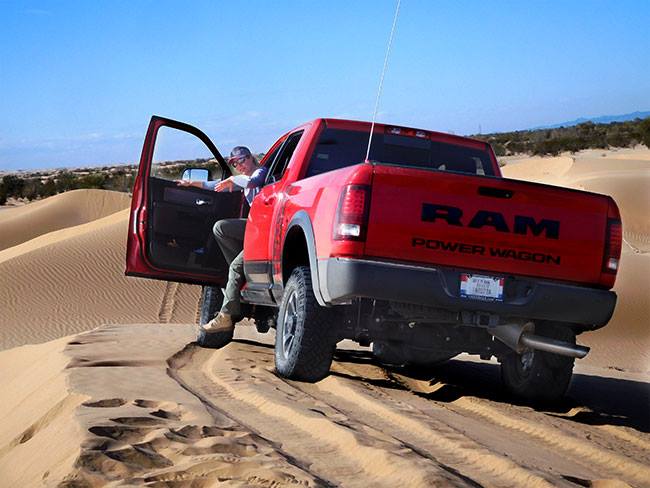
Another way of scouting your line, especially point to point is simply walking it out and scoping the best route.
 -Minute steering corrections: When picking a line, remember that steering is best kept to a minimum, and that it is best to descend at a straight angle. Position the nose of your rig where you want your decent to be. There are some instances when you can use the fall line to determine your descent. The fall line is the angle of the ridges that are created on the surface of the sand when water rolls down the face of a dune.
-Minute steering corrections: When picking a line, remember that steering is best kept to a minimum, and that it is best to descend at a straight angle. Position the nose of your rig where you want your decent to be. There are some instances when you can use the fall line to determine your descent. The fall line is the angle of the ridges that are created on the surface of the sand when water rolls down the face of a dune.
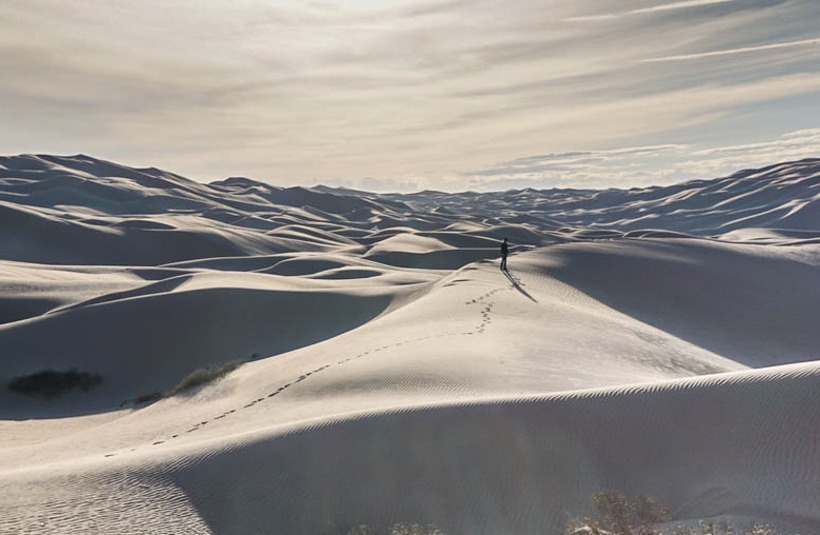
Gravity and Momentum: It’s all about throttle control
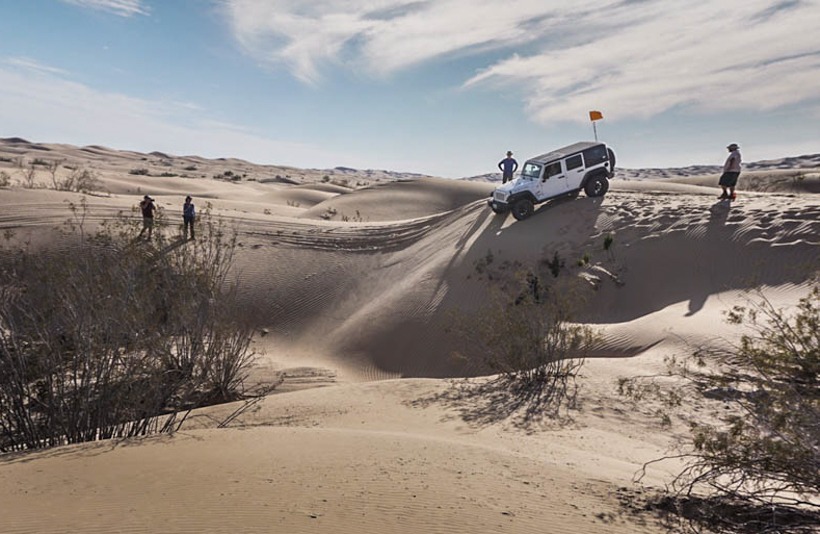
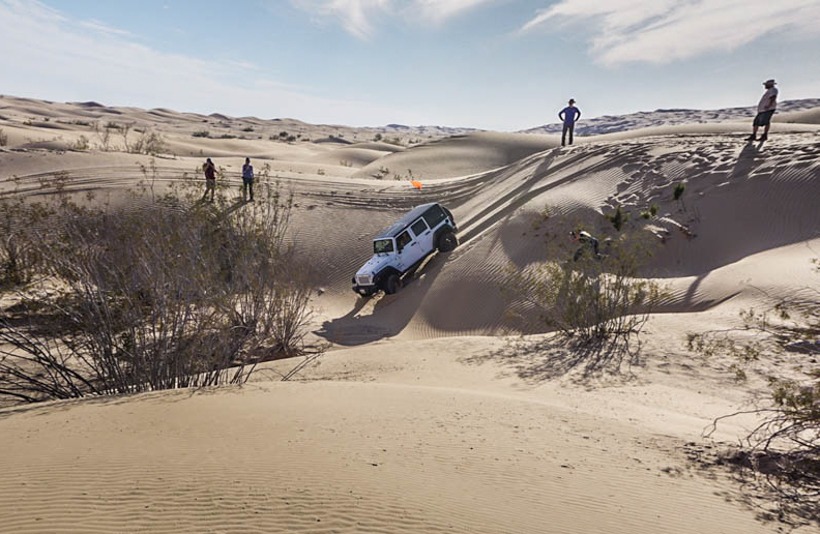
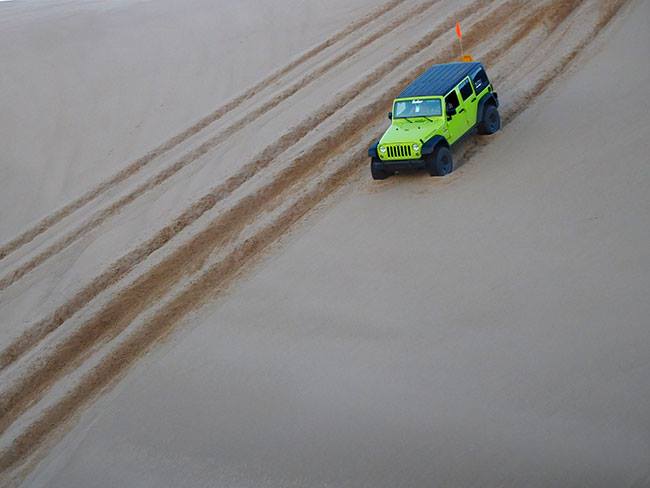
-Gravity: It’s your friend when driving down a dune. Descend steadily (4low in drive 1), and know that breaking could cause your back tires to “fish tail”, same with too much steering. If you do begin to “fish tail”, increase your speed a LITTLE and make subtle wheel corrections to straighten out your rig.
–Gather momentum: Do this early when preparing to drive up a dune.
-Again: If you are driving up the face of a dune and lose momentum, don’t attempt a u-turn. Descend in reverse.
-Swoop-not for beginners: *Gravity is not your friend when learning to “swoop” across the face of a dune. In that case you give it as much power as you can and go faster than the pull of gravity. You are basically driving sideways….close your windows. … I ate sand.
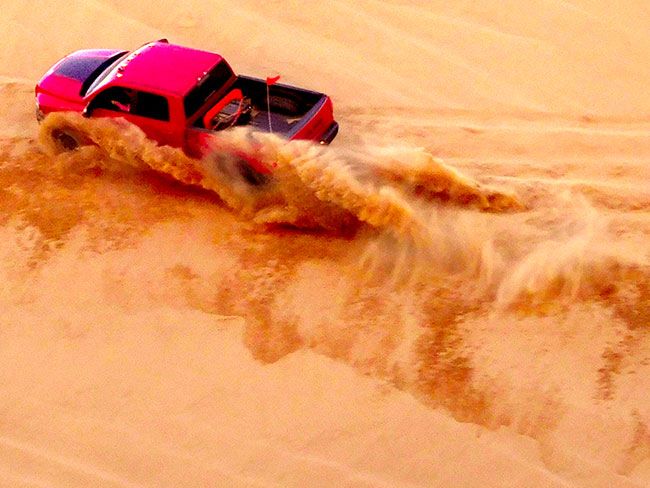
*This is not a basic dune driving technique and is not recommended for beginners. It was presented in this course to be used when time is of the essence and you have no better line to choose to get to your destination. (It’s also really fun when you know how to do it safely.)
Dune Navigation: Sweep and Scout it Out
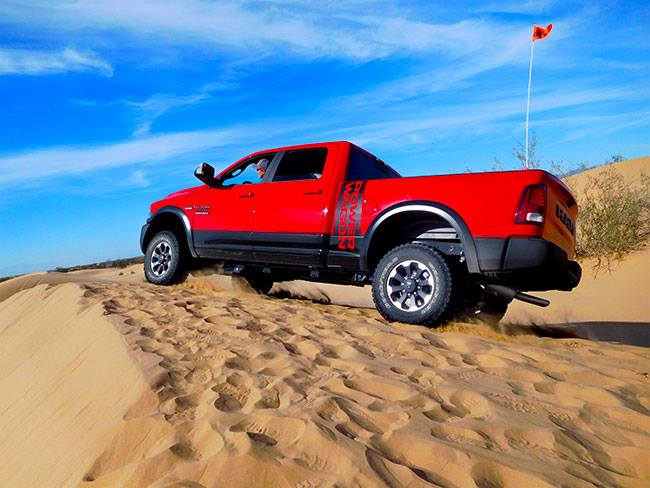
-A scouting technique: One that we practiced (briefly mentioned earlier) was driving up the face, turning with the line of the ridge, stopping at the top and looking over the other side in order to scout your decent. One thing to keep in mind here is that sliding may occur when you are driving parallel to the ridge. In this case, turn into the slide and power out so that your nose is facing downhill and you can drive it out. We saw quite a few vehicles get out of this bogged position by steering into the slide and executing a “bump” in torque.
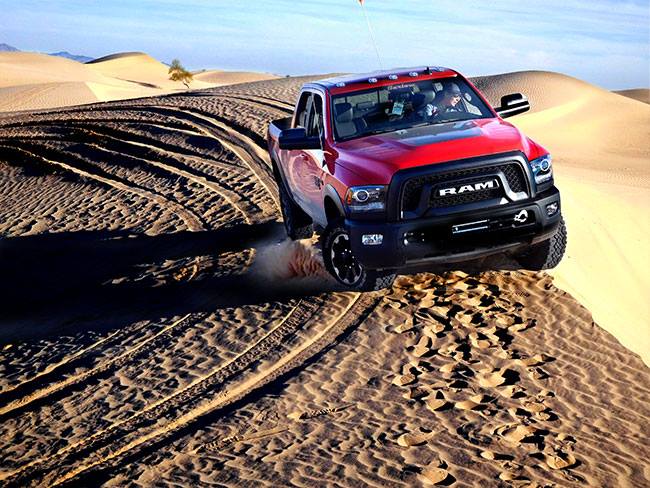

Day Two: Map and Compass Navigation
This training was not only designed for people who wanted to hone in on their dune driving skills, but those who were interested in gaining further navigational skills using only a map and compass. Talk to any “old pro” overlander and they will tell you that mechanics can break, lose their signal…or just don’t always track accurately. If you acquire these fundamental, “old school”, navigation skills, you can find your way out of any mess you may have driven yourself into.
Nena demonstrated how to orient yourself, and when to mark the topographical landmarks that could be used when moving toward your desired destination.
I am not going to go into many specifics here. Like I said, this class was not intended for beginners. Frankly, map and compass navigation is more complicated than what I want to present in this article, but I will share some important points that were presented on what to consider when navigating point to point without electronic devices.
-Orient, Orient, Orient: Know where you are. If you aren’t sure, guess at your bearing before looking at equipment. Practice knowing your cardinal (north, south, east and west) and intercardinal (NW, SW, NE etc.) directions.
-Navigate: Mark your destination on the map. Mark outstanding landmarks, before getting started. Read topography. Mark waypoints.
-Route finding: Figure out how you will get there. When checking your map, cue into the topography in order to choose the best route.
-Triangulation Points: Note the location of canyons, peaks and slopes in order to mark triangulation points. (Triangulation is the process of pinpointing the location of something by taking bearings to it from two other remote points).
-Topographical Awareness: Another call to ORIENT, ORIENT, ORIENT. Continually observe the topography as you travel along your route. Observe the way the perspective of features change as you move.
-Back bearing: This has to do with tracking your location along a line in degrees by using an easily identifiable landscape feature and your compass. (If you do not understand this and would like to, no worries, check this. )
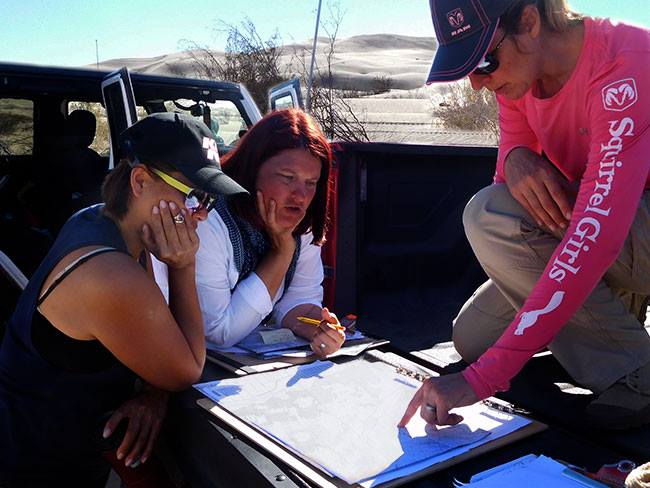
Navigational Exercise
After the morning lesson, students broke up into small groups to navigate their way to a given point. Nena led/taught this skill by example during the first part of the class. She had the groups stop frequently to mark or calculate their positions and decide which direction they would be heading next.
I had the opportunity of sitting in with a team of women, Tracey Ristow and Thuy “Twee” Davis who will be driving in the Rebelle Rally 2017. I got to observe how they worked together, navigating a safe course through the dunes, and following their map and compass configurations in order to get to their destination.
Their communication and process of tracking their progress, was inspiring. These dunes are seemingly endless. Points of reference were few and far between; an electric power station, a particularly high dune etc. Using maps, compasses, a bit of math and working along with an expert teacher, these women learned how to better read the map, compass and how to better track their location in relation to the designated endpoint.
As the groups got closer to the endpoint, Nena gave her students more leeway to head in whichever direction they had calculated the endpoint to be. (It turned out to be a geocach pod hanging from a tree.) The thing that struck me was that after leading her group of students by example, Nena let the groups process their own navigational findings to try and reach the endpoint. Nena had brought the class into a particularly challenging area of the dunes, one in which she and her partner had struggled when trying to navigate through it during the Rebelle Rally 2016. She processed what she and her partner had done effectively and ineffectively and what they had learned from traversing this challenging terrain. By sharing both successes and non-successes, by leading by example yet always asking for input on the correct orientation, Nena, very effectively taught the class how to fine tune their navigational skills.
Final Note
This was a phenomenal training with a diverse and adventurous group of men and women. I highly recommend these trainings to anyone looking to expand their off-roading skills. For a complete list of trainings given by Nena Barlow, click here. Nena is the owner of Barlow Adventures. They offer Jeep rentals, 4WD trainings and guided trips in both Sedona AZ and Moab UT. Nena is a guide for RAM Power Wagon, and was sponsored by them for the Rebelle Rally.
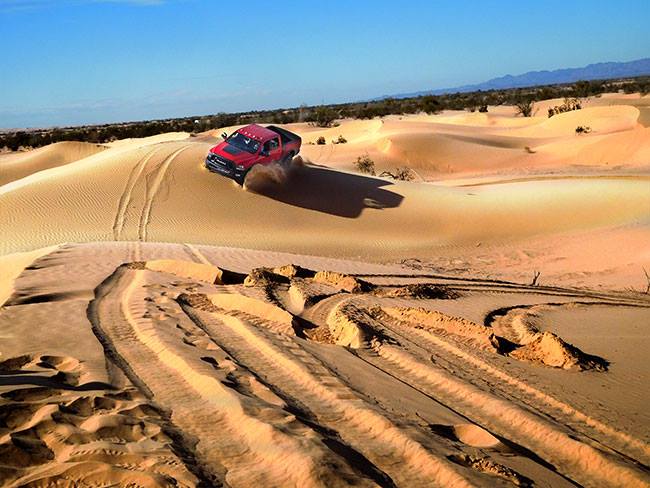
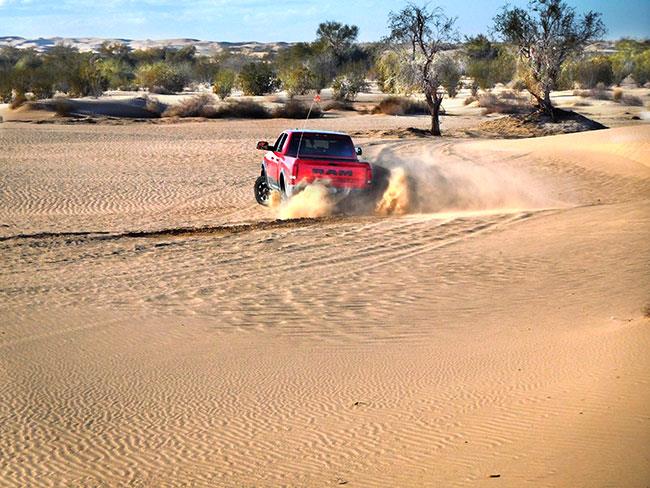
After the class was over, this is what Nena had to say:
“I was very proud of how well everyone drove! I put them into some of the harriest and most common scenarios–failed climb, slipped sideways, bottom of a bowl, etc. And they all overcame the situations and glommed on to the techniques to drive out like bosses! They all practiced line choice, while on foot and on the move (“the swoosh”!) They mastered throttle and steering control, and even descended some huge soft dunes that they couldn’t believe at first. The nav was challenging, but we studied topography, identifying both unique peaks as well as low spots, washes, and other immobile features. We focused on establishing runways and adjusting our route plan as we traveled, based on what was encountered on the terrain. Good times with wonderful people!”
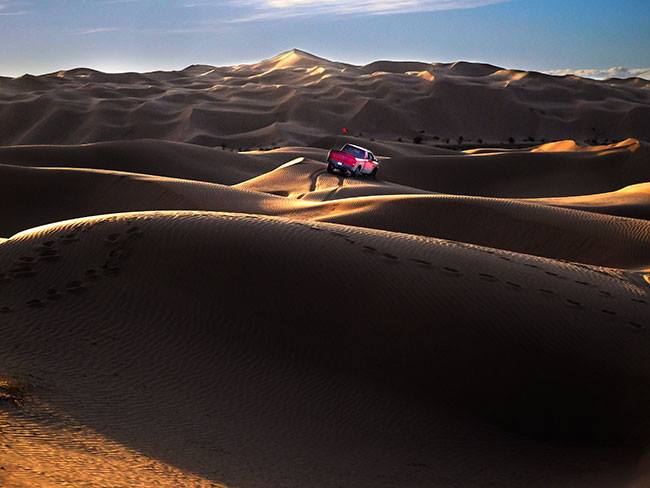

Happy Trails!
Author: Lori Palmer, Editor/Co-Founder The Adventure Portal
Photos: Steve Schmidt, Lori Palmer, JoMarie Fecci: check out her work/play worldwide at usnomads.org,





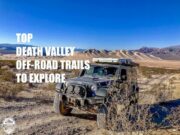

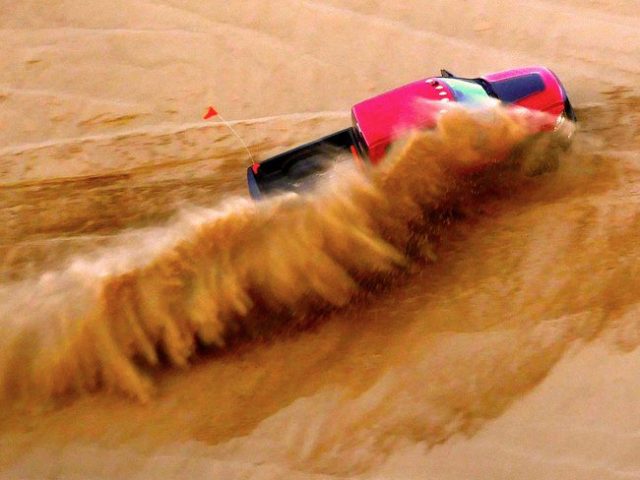
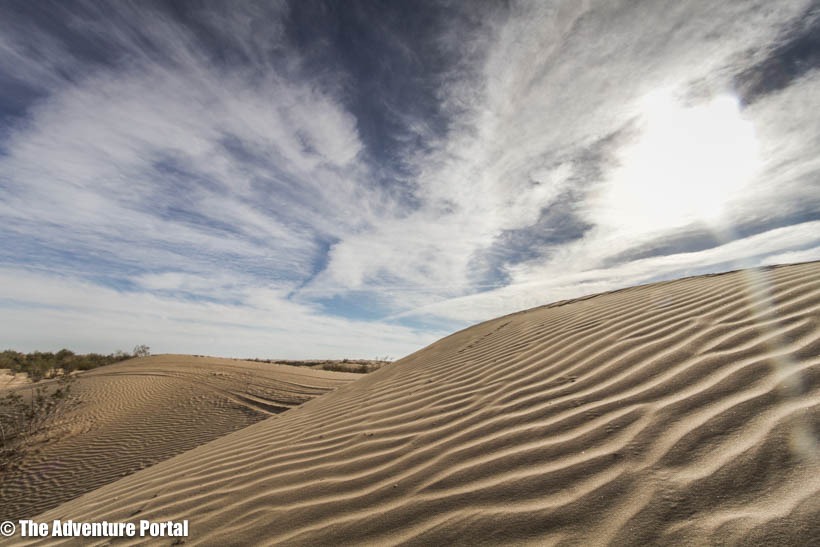
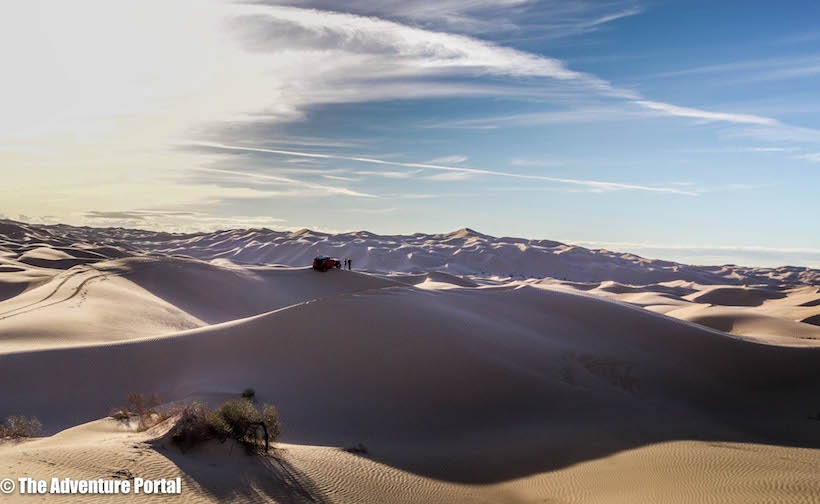
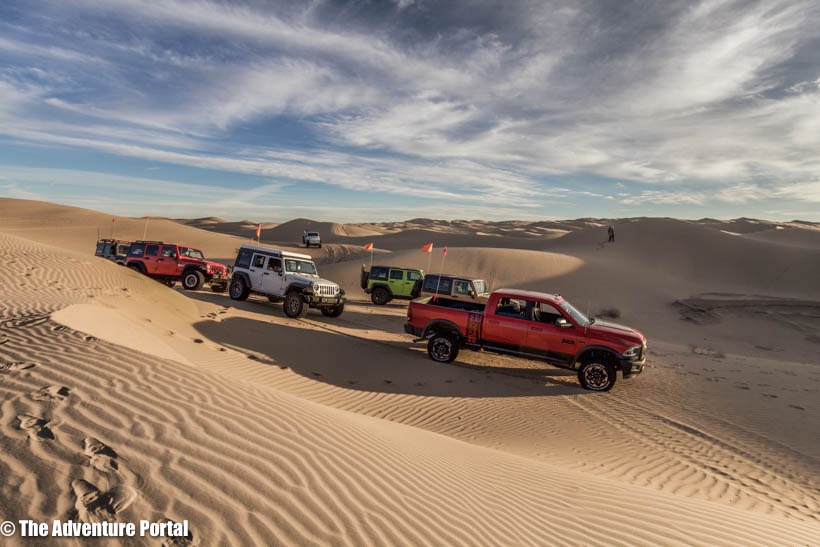
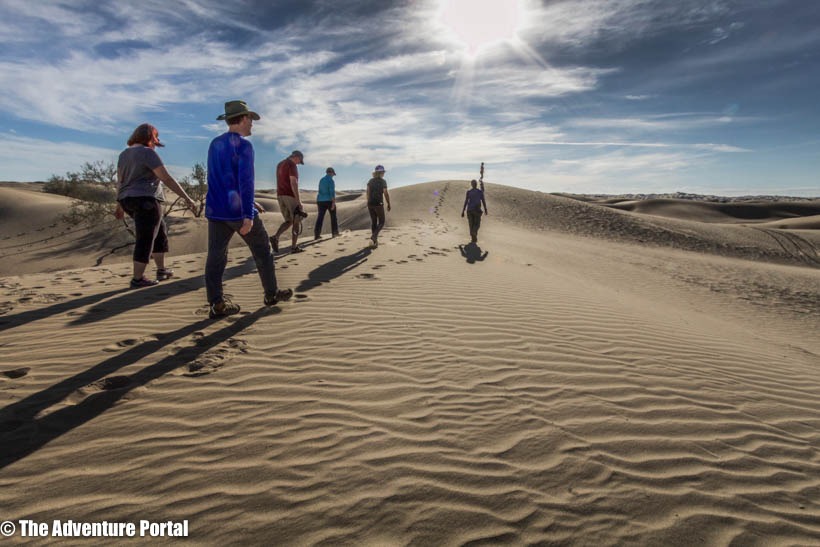
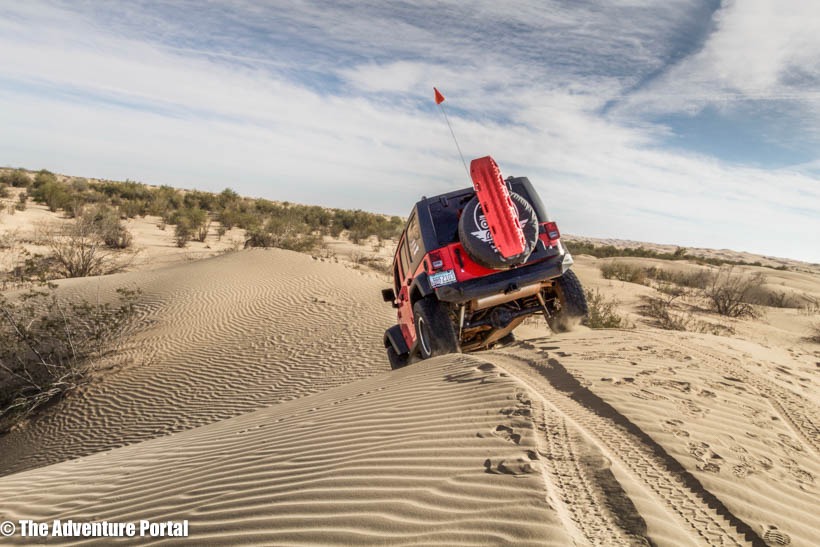
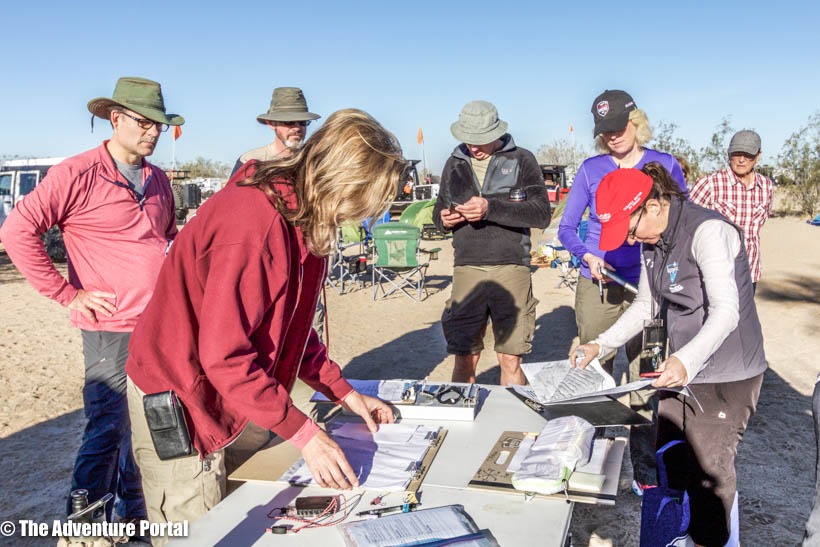
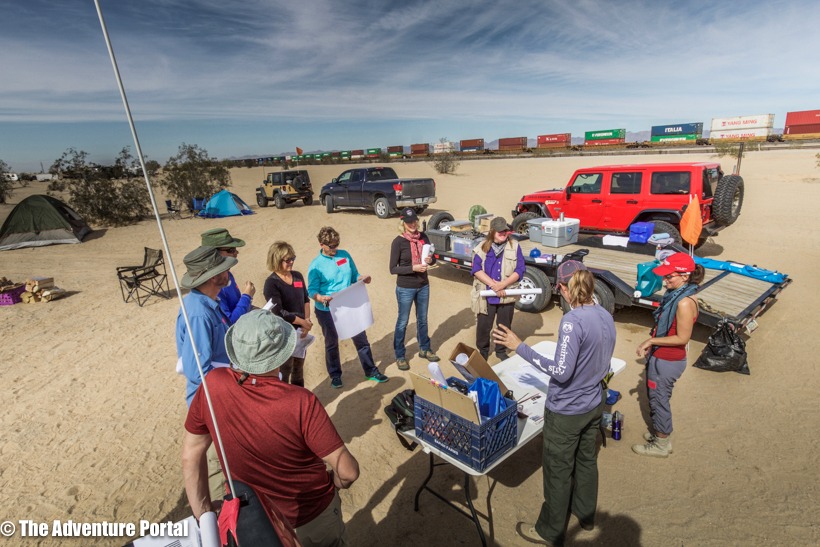
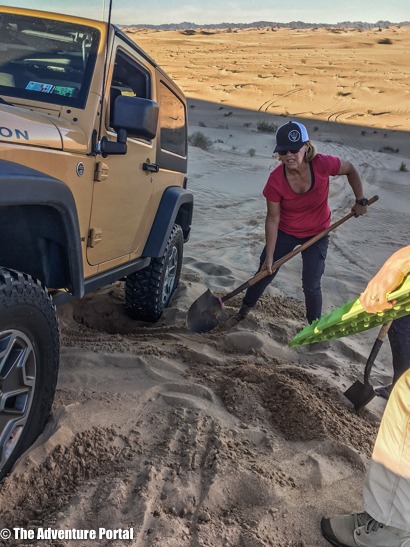
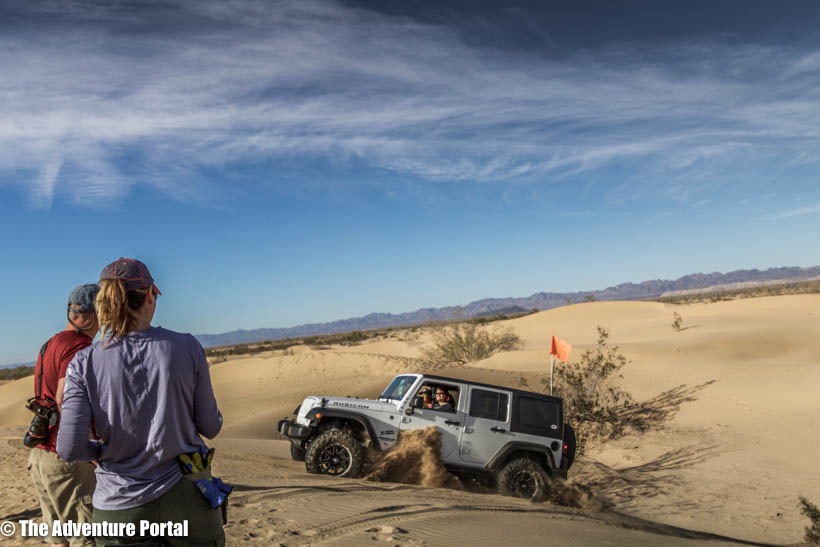
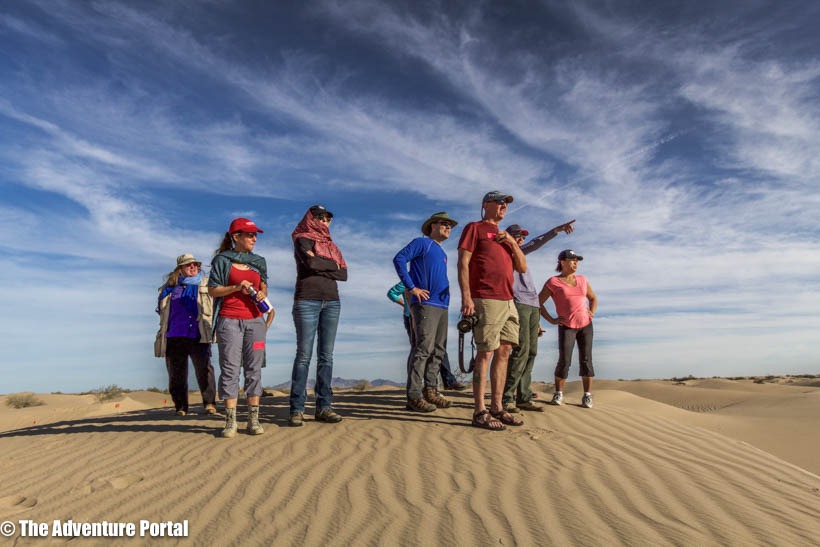
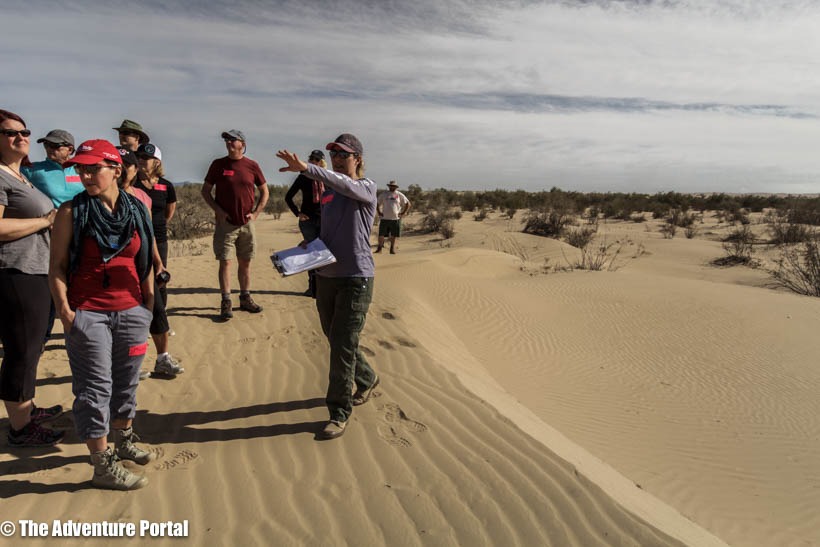

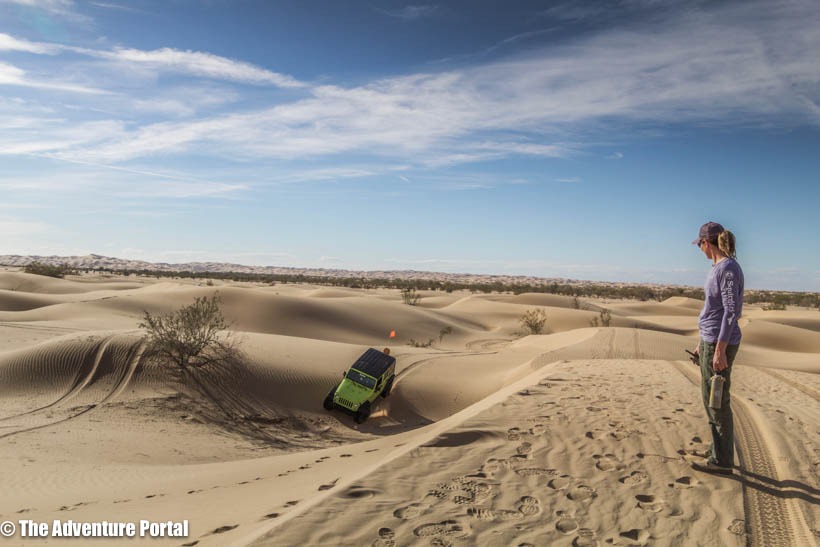
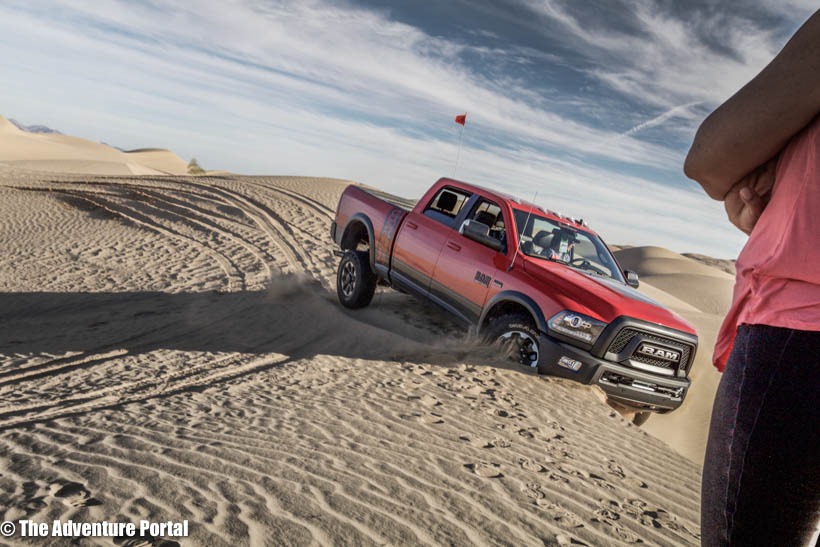
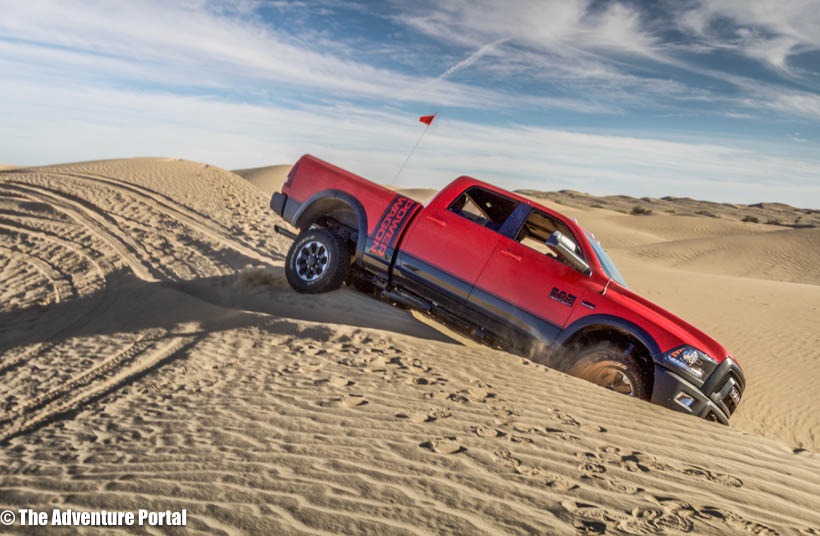
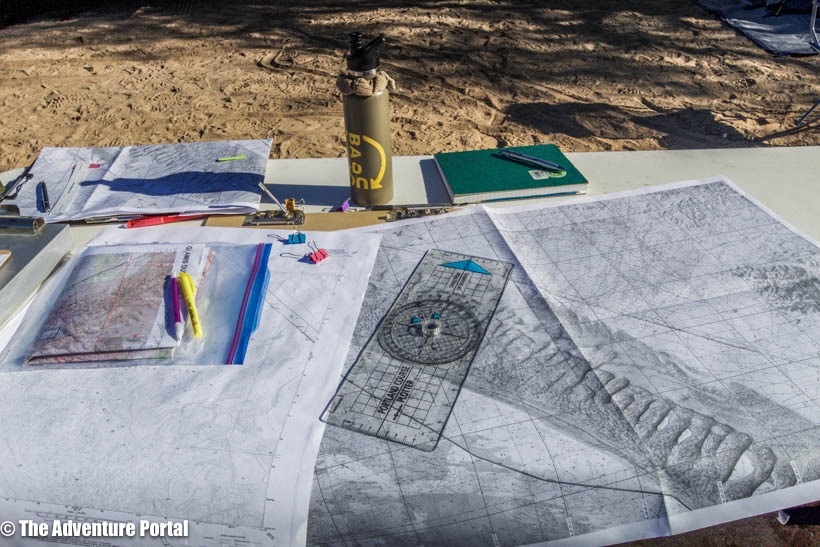
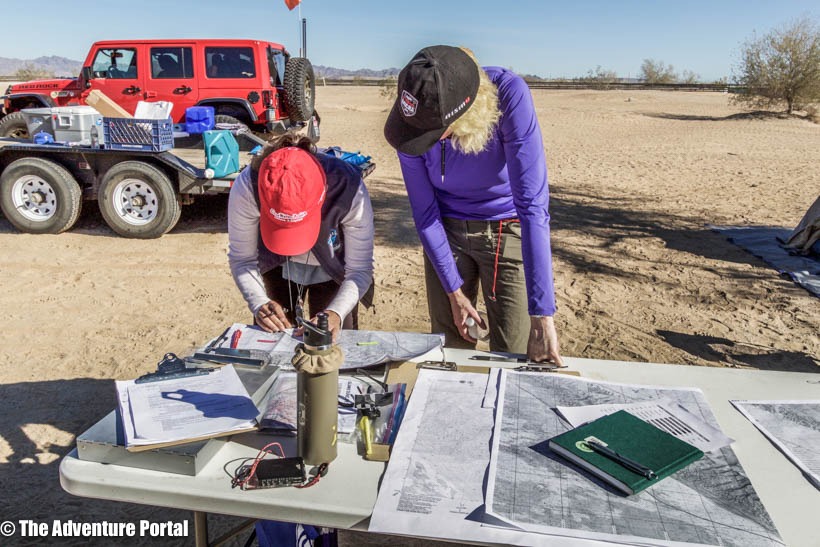
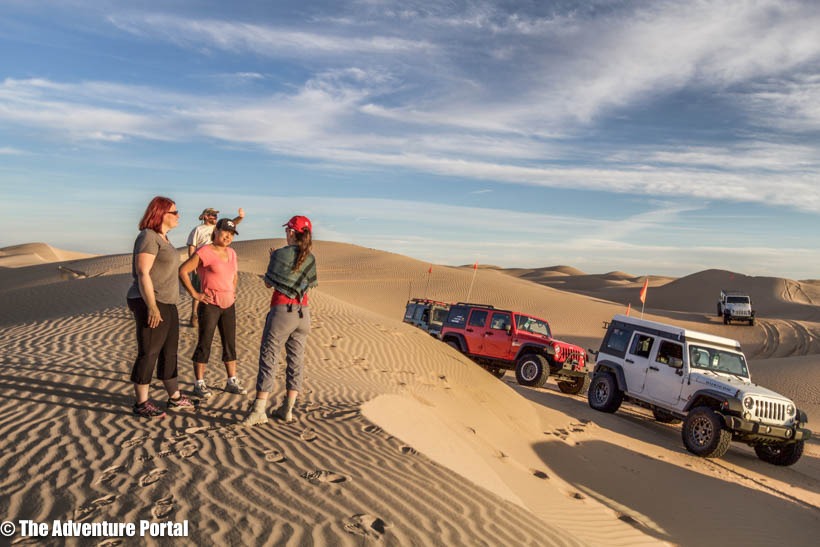









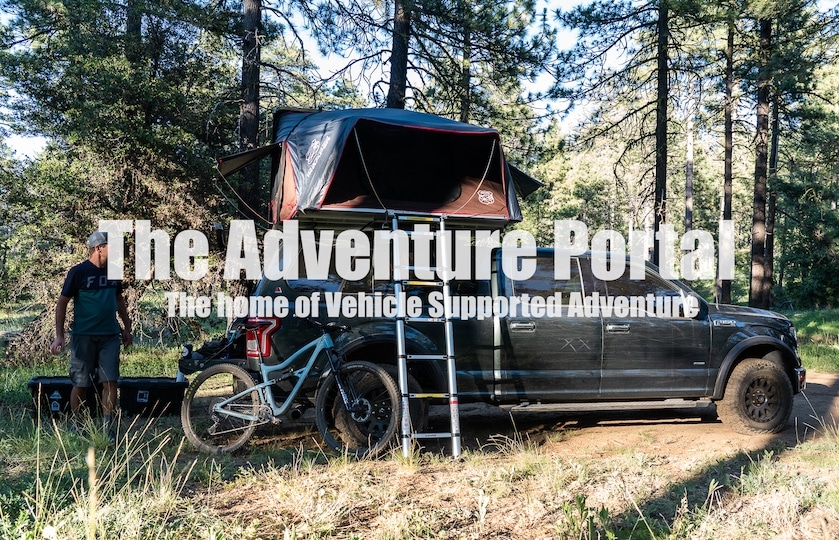
Doesn’t appear anyone aired down their tires? why?
We all aired down before going out. You cannot drive on dunes without doing so. I didn’t take a photo of it though.
One of the first comments: about airing down.
The two door Wrangler you called a TJ is really a Wrangler JK.
Nicely written, good job on giving all the details of instruction and points of knowledge. Nena IS a fine instructor! Glad the class was well attended!
awesome story and what a great class, really need to get my yj back on the trail. thanx for the motivation
Lori, Nice meeting you and everyone else. What a great group. And Nena put on a great event! Enjoyed reliving the event through your article. Bring on the Rubicon Trail!
-Steve Schmidt
Wannabe Photographer :- )
VERY nice article indeed; Great job Nina and Adventure Portal!